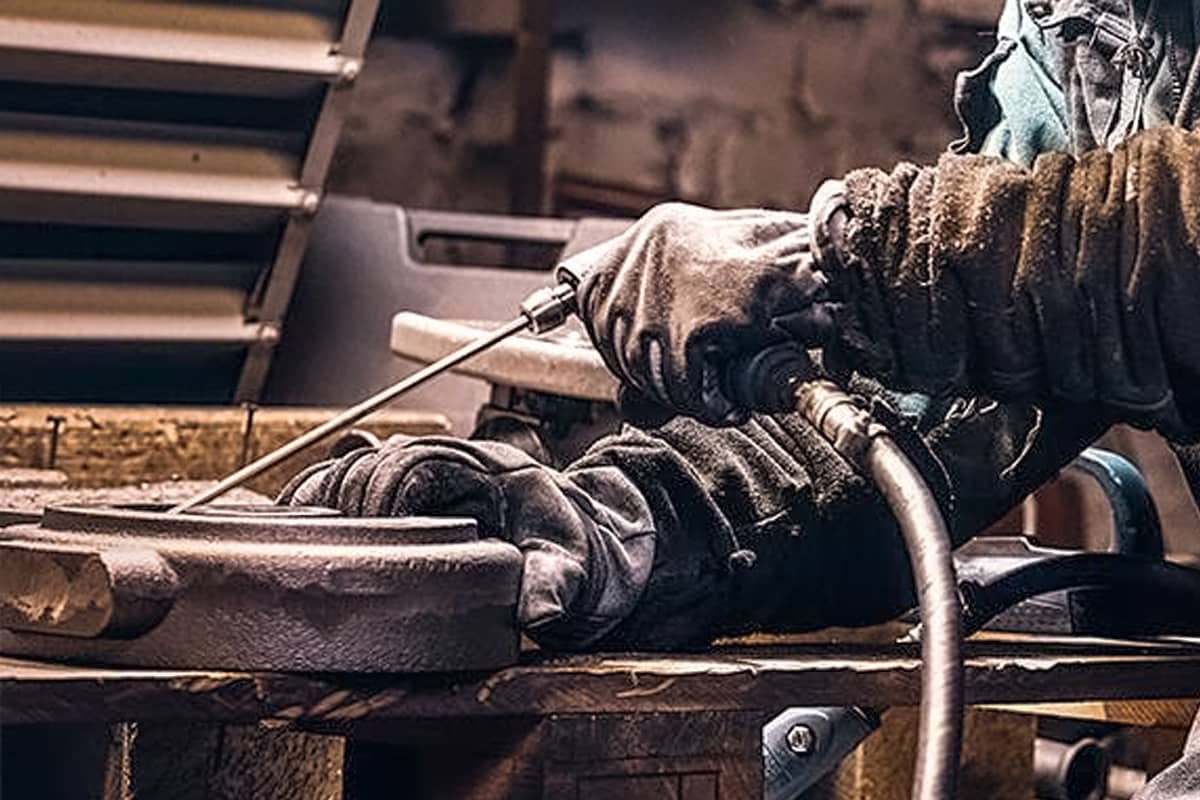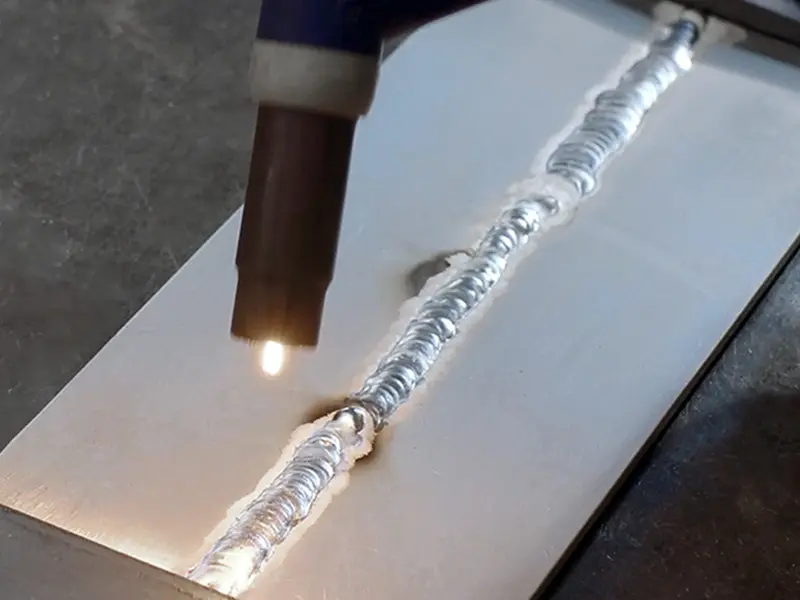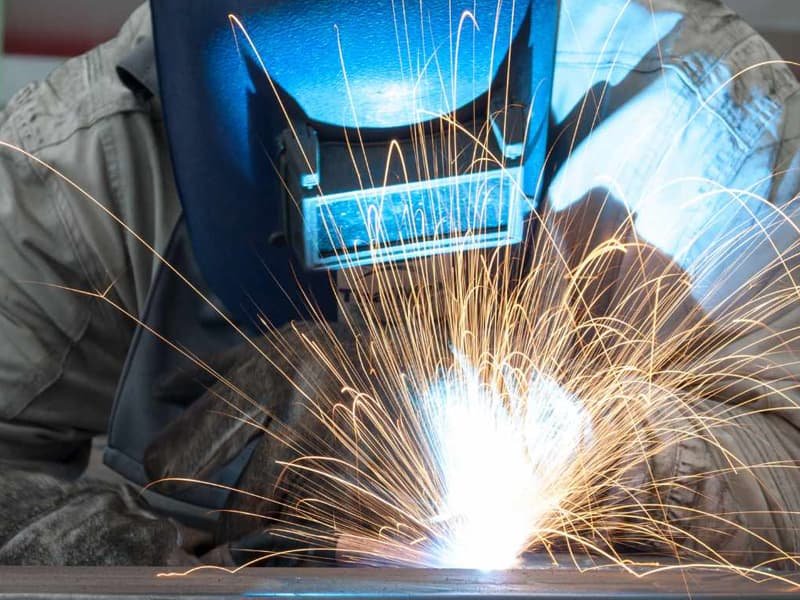A workshop in China recently faced unexpected downtime when their primary welder failed during a rush order. The technicians discovered carbon buildup in the torch nozzle had caused erratic arcs and overheating of the power module. This preventable issue highlights a harsh truth: 73% of premature welder failures stem from overlooked maintenance tasks. Let’s explore the hidden culprits that could be reducing your equipment’s lifespan.
The Torch Tip Trap You’re Ignoring
A clogged nozzle not only distorts welds but also forces your machine to work harder, wasting up to 22% of its capacity. Here’s how to maintain it effectively:
For mild steel welding:
- Clean the torch nozzle every 8 hours using brass wire brushes to avoid scratching conductive surfaces.
For aluminum welding:
- Degrease the nozzle every 4 hours with acetone-free solvents to prevent porosity.
For stainless steel welding:
- Use dedicated tools to scrub the nozzle and avoid cross-contamination.
Pro Tip: Keep a magnetic timer on your workstation. Reset it after each cleaning cycle to ensure consistent maintenance.
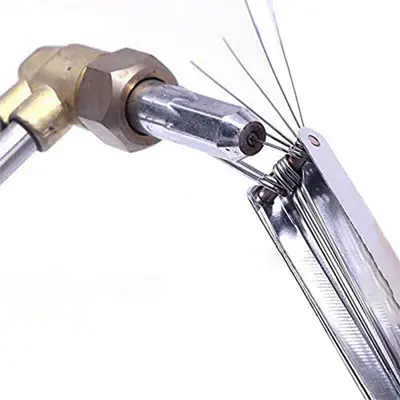
Dust Bunnies Murdering Cooling Fans
Factory dust acts like slow-acting poison, which can lead to significant issues:
- Dust Layers Over 1/8”: Reduce cooling efficiency by up to 40%.
- Monthly Compressed Air Cleaning: Can extend fan motor life from 2 to 5 years.
- Warning Signs: Listen for tonal shifts in fan noise, as a deepening pitch may indicate bearing strain.
Field Fix: Use aquarium tubing as a makeshift stethoscope to isolate noisy components and monitor fan performance.
Ground Cables: The Silent Profit Thieves
Copper lugs develop invisible oxide films within 14 days, increasing resistance by 18%. Here’s how to identify and address this issue:
- Conduct Voltage Drop Tests: If readings exceed 2V, it indicates trouble.
- Inspect Insulation: Look for cracks that expose strands to moisture.
- Replace Cables Every 6 Months: Especially in high-humidity environments.
Real-World Example: A Japanese manufacturing plant reduced weld defects by 31% after implementing quarterly infrared scans of connections, ensuring early detection and maintenance.
Grease Mistakes Melting Your Budget
Avoid common mistakes when lubricating wire feeders:
For MIG welding:
- Ensure regular cleaning of the guide tubes to prevent spatter buildup.
- Use high-quality lubricants compatible with your welder’s specifications.
For TIG welding:
- Clean the contact tips frequently to maintain conductivity.
- Avoid over-lubrication, which can lead to excessive splatter.
Key Takeaway: Proper maintenance and lubrication significantly reduce downtime and improve welding efficiency.
Control Panels Screaming for Help
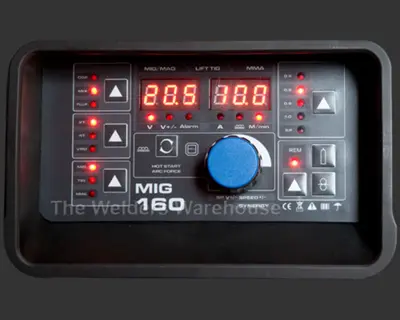
Your buttons send distress signals long before failing.
- Clean fingerprint-marked buttons with alcohol
- Replace membrane switches if settings reset overnight
- Seek ultrasonic cleaning for displays showing garbled text
Cover panels with magnetic sheets during grinding to peel off metal dust instantly.
Conclusion
Overlooking routine maintenance can lead to costly repairs and unexpected failures. Stay proactive by scheduling regular checks and adhering to manufacturer recommendations. Your welder will thank you with reliable performance and extended service life.
Key Takeaways:
- Torch Nozzle: Clean regularly based on material type.
- Cooling Fans: Schedule monthly cleaning sessions.
- Ground Cables: Inspect for signs of wear and tear quarterly.
- Wire Feeders: Use appropriate lubricants and replace liners as needed.

